And so we arrived at departure day, a day full of warnings about Super Typhoons and the subsequent cancellation of World Cup rugby matches. We were a little anxious, but our research suggested that the typhoon would not hit Tokyo until Saturday, many hours after our Friday 8:05pm scheduled departure. Still, we were relieved to read in the morning that our plane had left Australia on time. That same Melbourne-Narita Saturday morning flight had, we also read, been cancelled, so clearly they planned to bring the plane (with us in it!) back to Australia and then wait it out.
Putting all that aside, given our night-time departure, we still had some hours to plan, so we got up bright and early, and left Mito at 7:45am, arriving at Ueno, in Tokyo, soon after 9am. Ueno is an area we know well, as it’s where we tend to stay when we come to Tokyo. So, what to do? Well, we do love gardens and, surprisingly, the forecast was for no, or very little, rain. Consequently, we chose a garden we hadn’t visited before but that was just four train stops away from Ueno. Perfect.
Rikugi-en
Rikugi-en is located in the wonderfully named part of Tokyo called Bunkyō. Rikugi-en means Garden of the Six Principles of Poetry, referring to the six elements in waka poetry: auxiliary, counting, comparing, example and celebration (which I count as five, but this is what the sign at the garden entrance said!) Japan Guide describes the garden as reproducing in miniature 88 scenes from famous poems. We saw several signs identifying many of these scenes. For example, the sign at the Fukiage Teahouse – see below – says “The 88 view of Rikugien: No. 63 Fukiage-no-hama is this space, No. 64 Fukiage-no-matsu is this old pine tree”.
Rikugi-en was created between 1695 and 1702, by Yanagisawa Yoshiyasu with the permission of the fifth Tokugawa shogun Tokugawa Tsunayoshi. It’s another example of an Edo period strolling garden, like the slightly earlier Kenroku-en. Apparently, it was neglected after the death of Yanagisawa until Mitsubishi’s founder, Iwasaki Yatarō, bought it in 1878 and restored it.
Rikugi-en was specified as a special place of scenic beauty by the Japanese government in 1953. And my, is it beautiful. Wikipedia says that “The park consists of a small pond, trees, and a hill”. What an understatement. Japan Guide is a bit better, saying it “features a large central pond surrounded by manmade hills and forested areas, all connected by a network of trails”. Neither, though, capture the place’s gorgeousness, with its teahouses, ponds, bridges, lanterns, stones, and lovely plants. Sure, there were no autumn colours, nor spring flowers, when we visited, but it still provided a visual feast at almost every turn. We are fans of Edo strolling gardens, as you may have gathered.
We stopped en-route at the above-named Fukiage Chaya (teahouse) and had a traditional tea treat of matcha tea and nerikeri-based wagashi. Nerikiri dough is apparently made from ingredients like white kidney bean paste and soft mochi which make it soft, glutinous, and easy to mould into seasonal shapes, like flowers and leaves. We’ve had it on previous trips but haven’t taken the time to differentiate it from all the other wagashi. There’s so much to learn (and remember) about Japan. Anyhow, while we were enjoying this little treat, there was a brief downpour that lasted around 5 minutes, so it didn’t affect our enjoyment of the park.
Visiting this beautiful garden was just perfect for our last day.
Yanaka
What next? We did need to have lunch so decided to potter through Yanaka, an area we had really enjoyed during our last trip here in 2011. Yanaka is one of the few districts in Tokyo where you can forget you are in a huge metropolis and feel you are in an old, small town, because it still has much of its Edo-era feel. This is why we explored it on our last trip, and why we thought it might be just right for our last hour or two in Japan this trip. After all, we are Canberrans and big cities are not really our thing. Moreover, it is a short walk from Ueno where we had left our bags in lockers and from where we’d be getting the train out to Narita.
Japan Guide says “Throughout the district, there is an air of nostalgia and a rustic charm”. That sounds a bit cutesy, particularly the “air of nostalgia” bit. However, it is a lovely, quiet old part of Tokyo and takes some of its charm, I think, from being near the (prestigious) Tokyo University of the Arts and Ueno’s museum precinct. Yanaka also has shrines galore, narrow streets, old low-rise buildings, and the famous Yanaka cemetery, which we visited last time and saw the grave of Tokugawa Yoshinobu, the last Edo era shogun.
However, our aim this time was just to soak up some ambience and find somewhere cosy and traditional (ie without laminated picture menus) for lunch. We rejected the more upmarket looking eel specialty restaurant we spied for the little, almost-missed-it, restaurant next door that turned out to be a curry rice restaurant. You can’t get more rustic than that really! But this curry rice – mine chicken, Len’s beef – had some bite to it and, woo hoo, some meat! Curry rice dishes here, like the one Len had on our Kairaku-en day, can often be mostly gravy with the meat almost undetectable.
Aside: laminated picture menus are very common here, and do not, as in many western countries, automatically signify chain restaurants and/or tourist-focused restaurants. Nonetheless, they can lack charm.
Anyhow, back to our curry rice restaurant. It was your typical tiny, packed-with-stuff Japanese restaurant, with about 5 or 6 tables. And it had one of the most extroverted owners we’ve experienced here this visit. The menu was simple and traditional – vegetable, chicken, beef or seafood curry rice – but the clientele was cosmopolitan. A French couple was leaving as we walked in, and soon after we sat down three Germans occupied the table next to us. (They were, l might add, astonished to find a fluent German-speaking Aussie sitting next to them!) The owner chatted to us in his broken English, about how lucky we were to be leaving when we did. Restaurants etc, he said, would be closed on Saturday because of the typhoon. We knew there were likely train stoppages, but hadn’t realised how far the closures might extend. I think we are very lucky!
It may not have been gourmet food, but it was really enjoyable and pretty much what I’d hoped for. Afterwards, we walked on through more of Yanaka to Nishi-Nippori Station, trained back to Ueno (2 stops), retrieved our bags from the QR-code controlled lockers, and then walked around to the Keisei Iine station to commence our return trip (and all that airport fun!)
Note: I did intend many times over the life of this blog to explore suffixes in Japan, and the seemingly schizophrenic, sometimes tautologous way they are used and/or written in English, but I kept running out of puff. An example is the use of “en” which means, essentially, “garden”. Sometimes you’ll see it written, preceded by a hyphen (as in Rikugi-en) and sometimes not (Rikugien). Is there are consistent rule? If so, I haven’t seen it. But this is just the beginning of a much bigger issue regarding usage and transliteration practices that I’d love to sort out one day (if that’s possible).
Itinerary
Now, a brief explanation of the factors that guided this trip’s itinerary because it may have looked a bit random:
- we needed to dedicate a weekend each to the two families we wanted to spend time with (in Kanazawa and Niigata), so these were confirmed first before we did anything else.
- we wanted to revisit Matsumoto to see Yayoi Kusama’s work at the museum.
- we wanted to visit some new-to us areas in Japan, and decided that Awaji Island and Wakayama Prefecture would be those areas because they had significant points of interest and could work with a coherent clockwise-ish trip taking in Kanazawa, Matsumoto and Niigata.
We could have spent more time in Matsumoto, and omitted Takasaki and the Tomioka Silk Factory, but when these popped up in our research, they seemed worth doing. Mito was probably the most left-field aspect of the itinerary. There were various options for the last few days between Niigata and flying home, including revisiting some places we’ve visited briefly before, like Hakone and Nikko. But, it was the fact that Mito had that third treasure garden, Kairaku-en, plus other interesting sites, that finally sealed the deal. And still, there is so much to see!
Useful sites to tourists
There are many internet sites that help tourists in Japan – both in the planning stage and when there. These include (but there are quirkier ones too):
- JNTO, the Japan National Tourism Organisation: you can subscribe and receive their excellent newsletter.
- Japan Guide: also produce an excellent email newsletter.
- Japan Visitor
- Japanican
Hyperdia is excellent for train timetables, in particular, across all rail lines (and there are many in Japan.) Just because, for example, you have a JR rail pass, doesn’t mean you can hop on all trains. Google has its place, but Hyperdia is excellent. With both, however, you need to get the names of the places you are going to right. That might sound obvious, but it can be trickier than you think. This is where some of the websites above can help.
Finally …
To those of you who hung in with us from beginning to end, a big thanks. While we write this primarily for our own record and to keep family informed, it is certainly motivating to know there are others reading along with us. We have loved all your comments, and deeply appreciate the engagement and openness you showed in communicating with us.
We know, from the stats, that there were many others of you who read along, regularly or intermittently, and didn’t comment. A big thanks to you too. We appreciate that commenting is not comfortable for everyone, but we did know others were reading along even if we didn’t know exactly who you were – your privacy is respected by WordPress. We are glad that you joined us too.
Now, though, it’s time to end this blog – but please, if you have any questions or comments about Japan now or in the future, please do contact us. We love talking Japan – any time, any place.
PS It is possible that we will create a Manhole cover/Drainspotting page here. If we do, we’ll announce it in a post.
And some Stills …
And some Movies …
Click here to view today’s video and audio clips.
Today’s Challenges …
- Getting out of Tokyo before the Super Typhoon arrived!


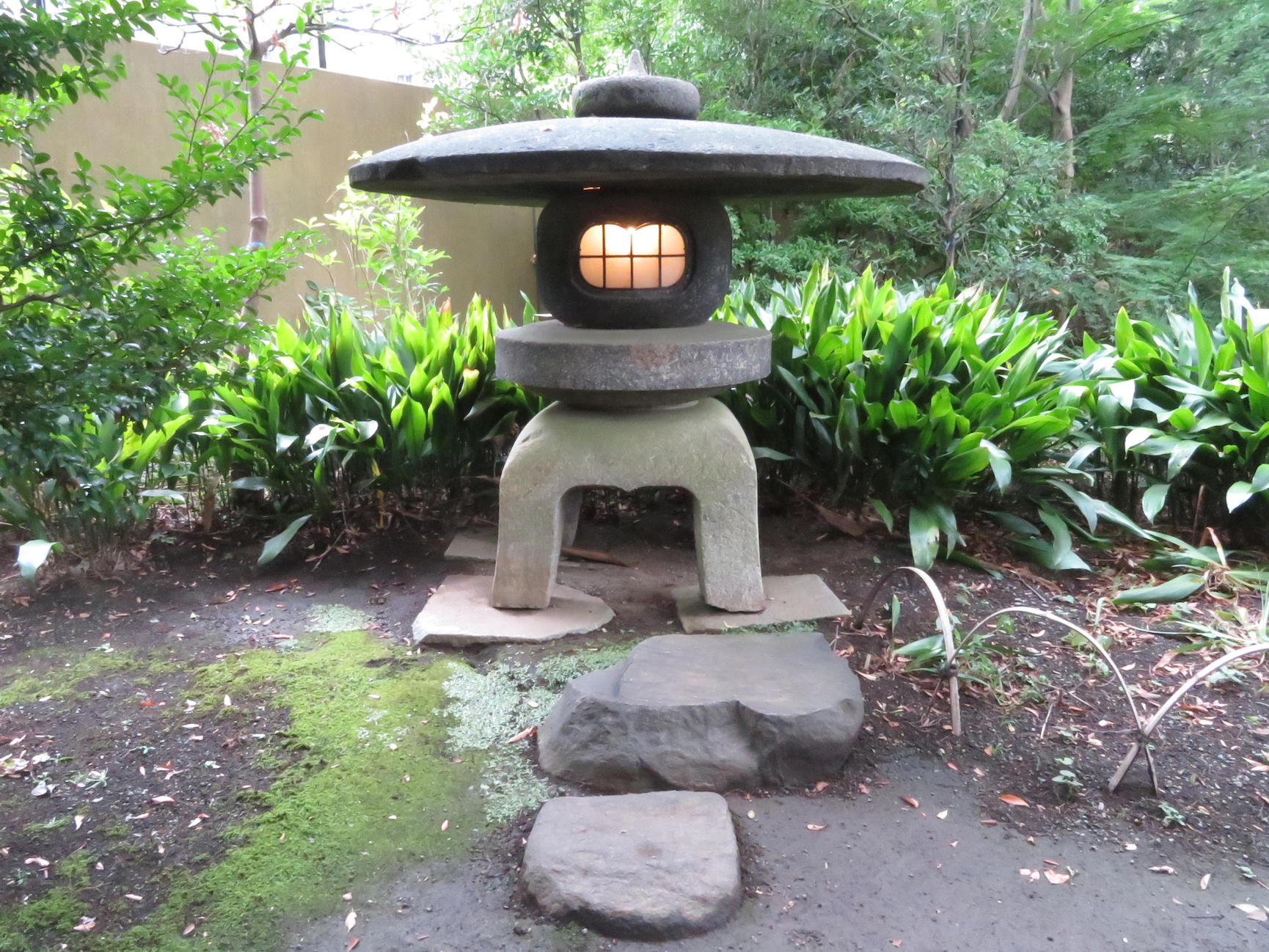
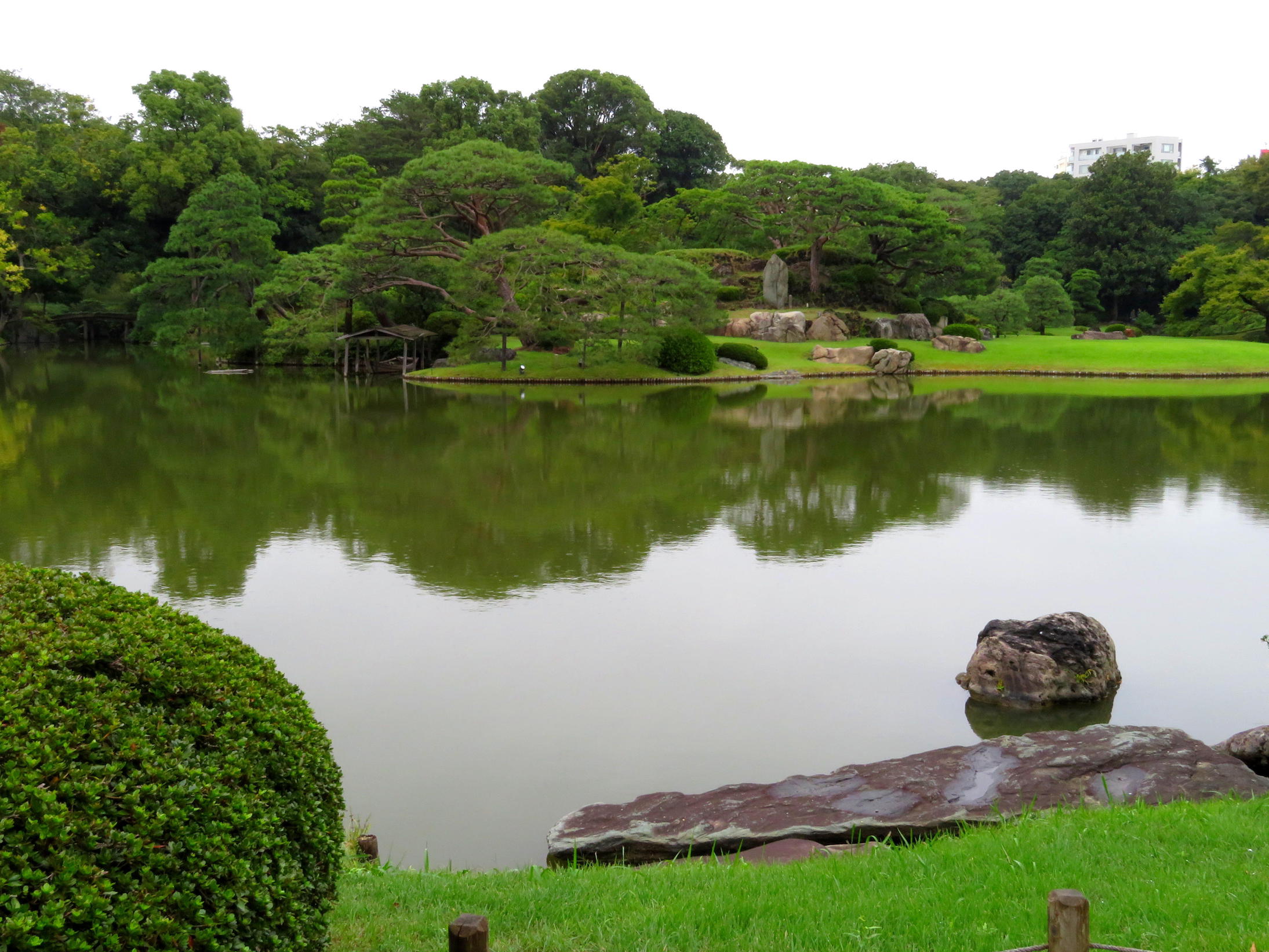
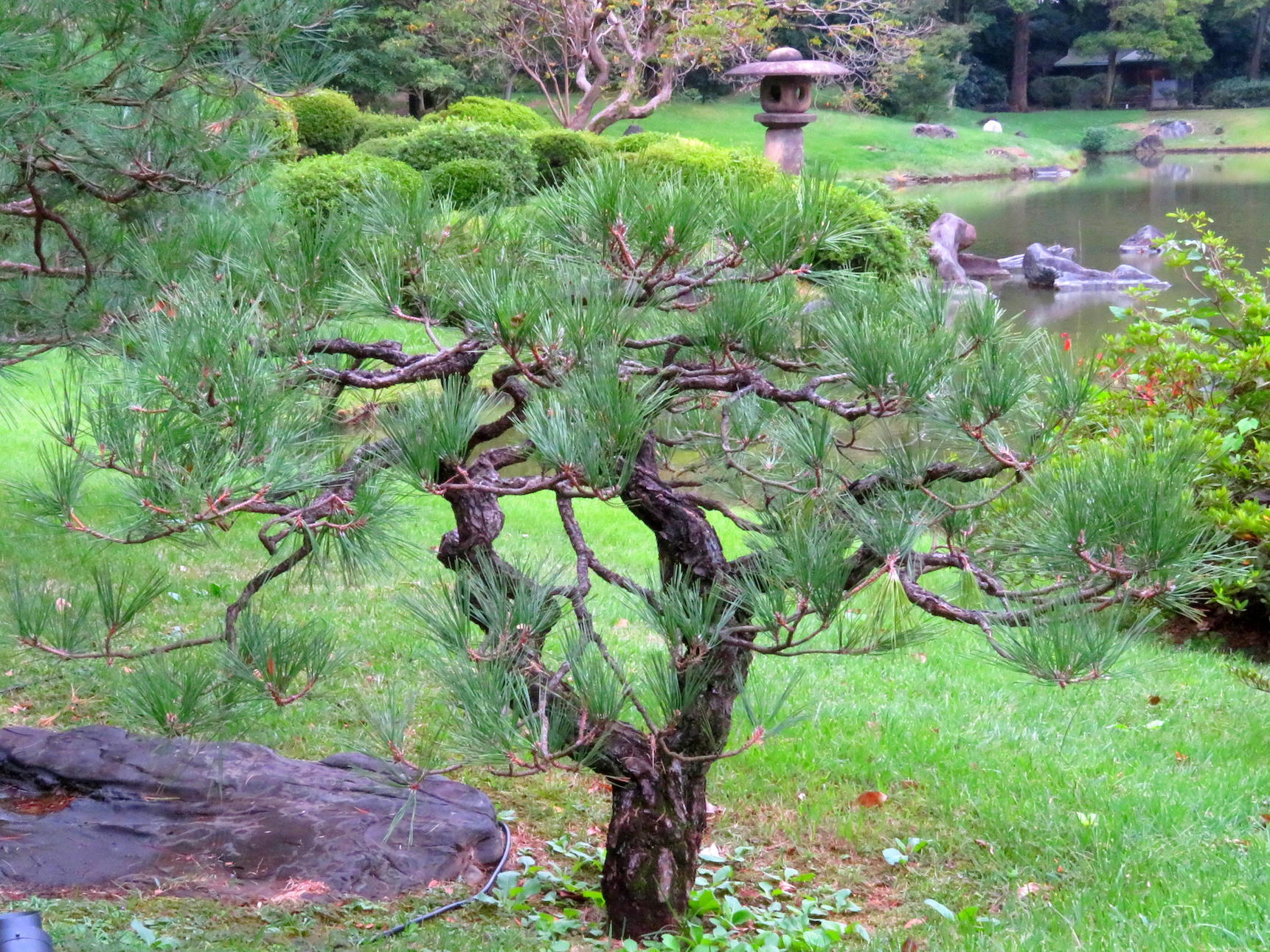
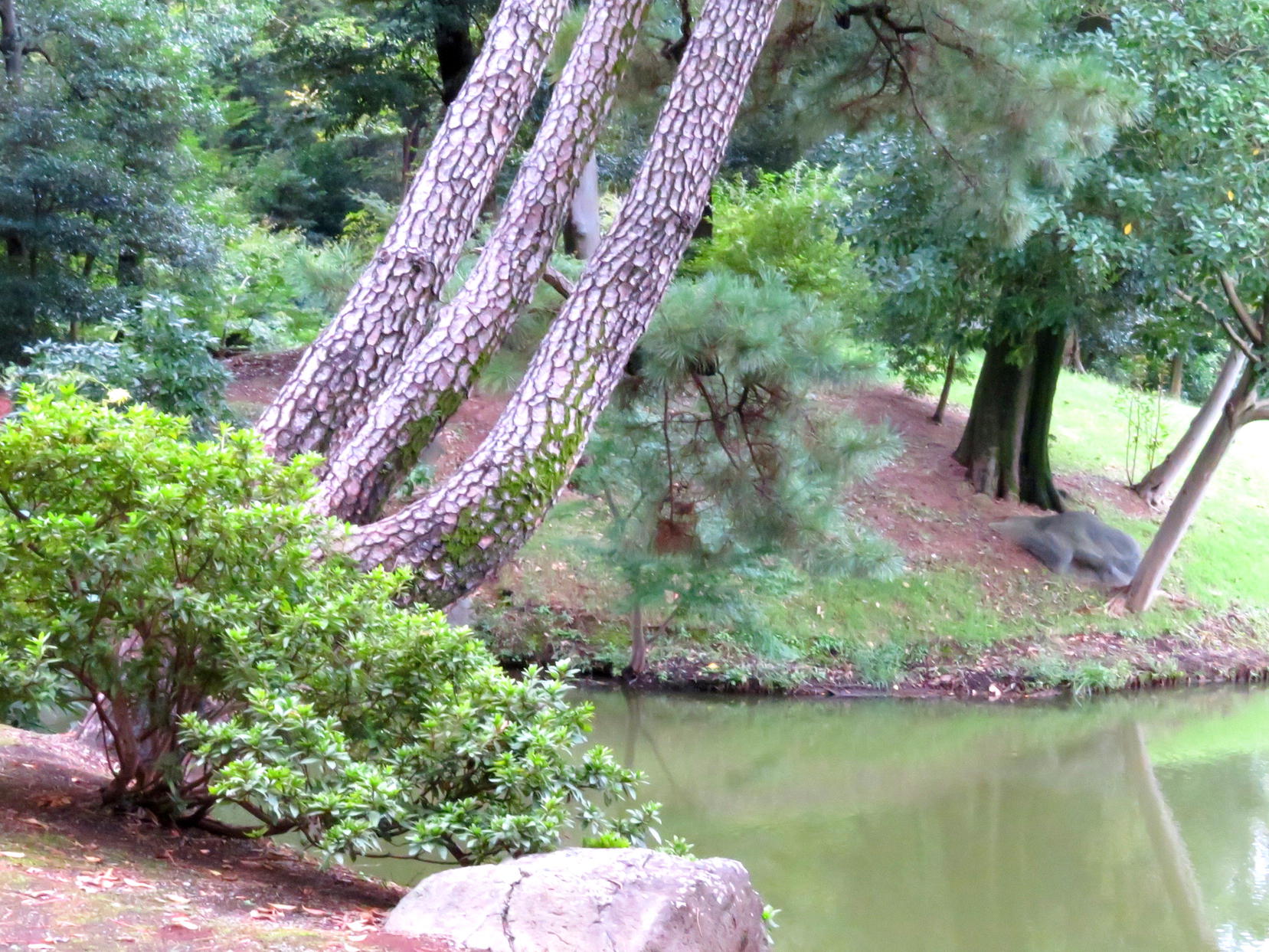

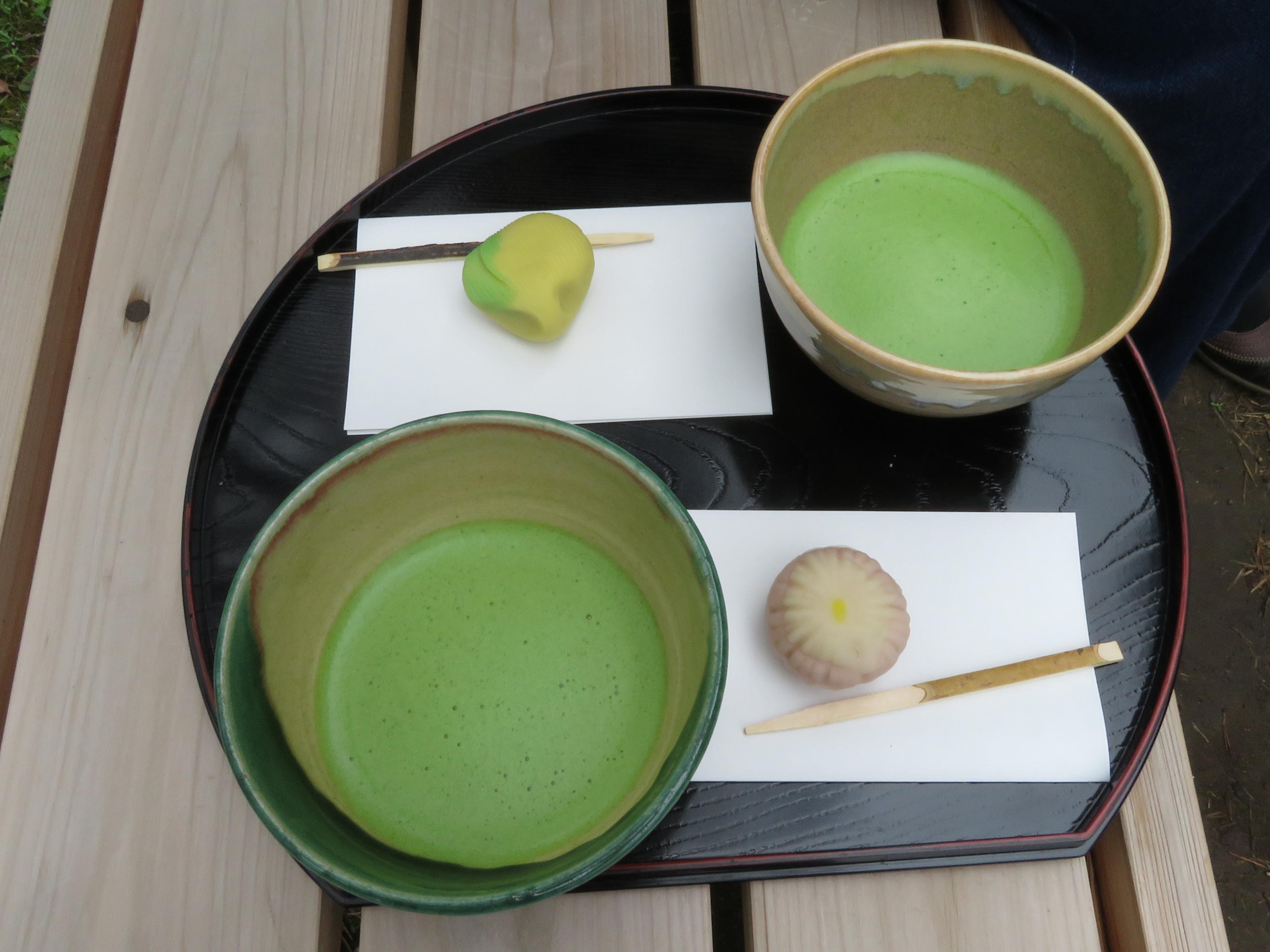
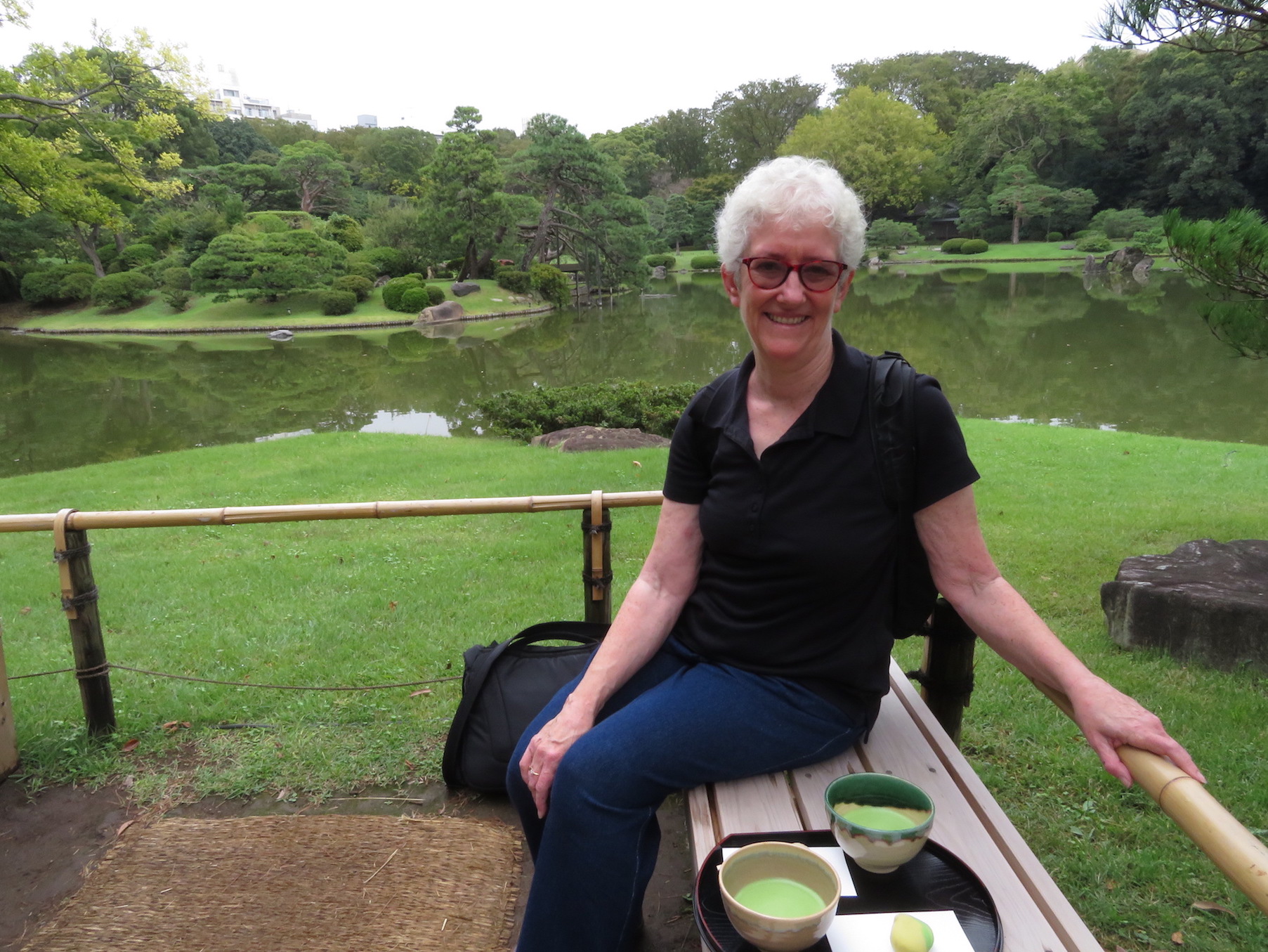
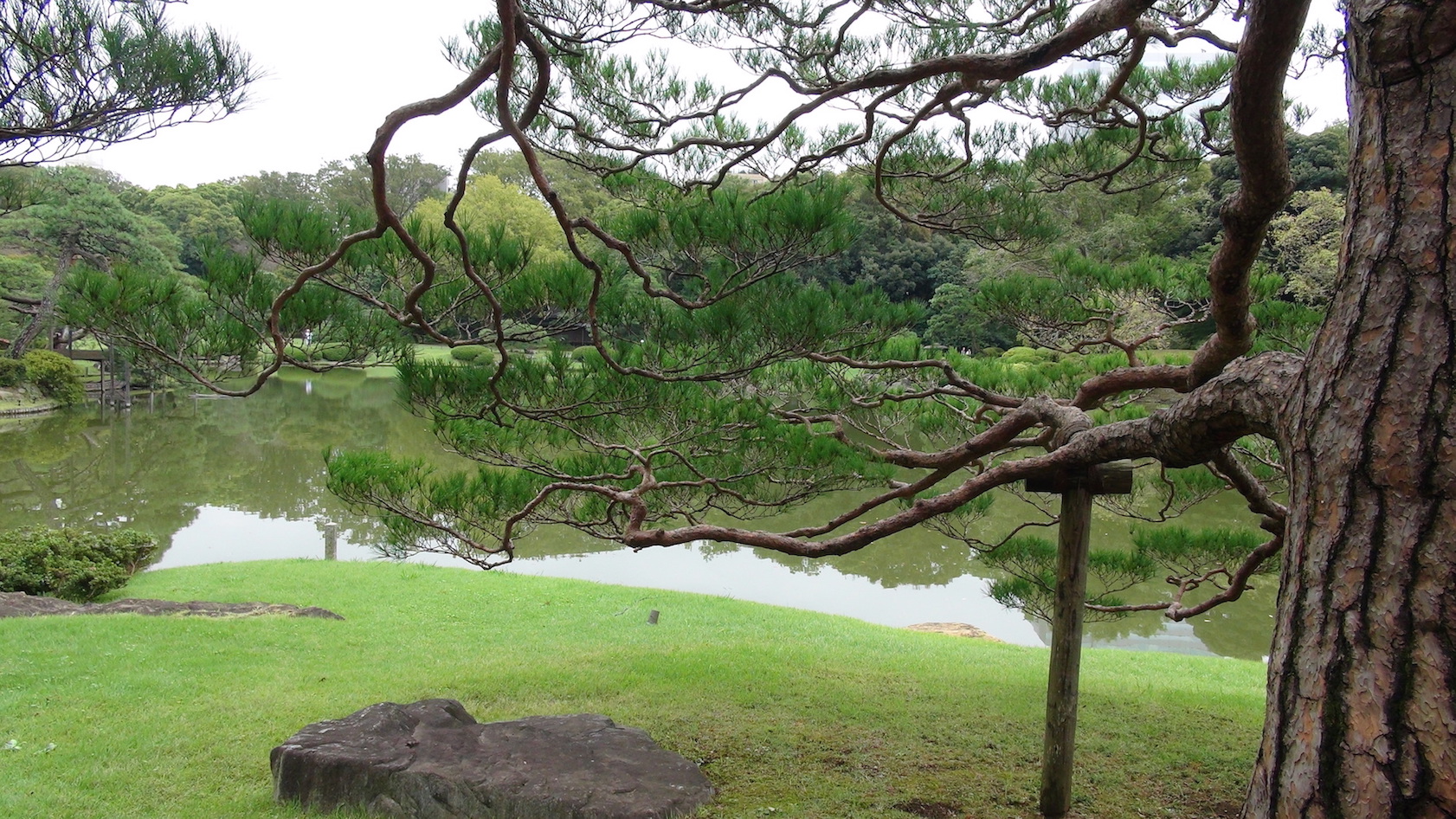
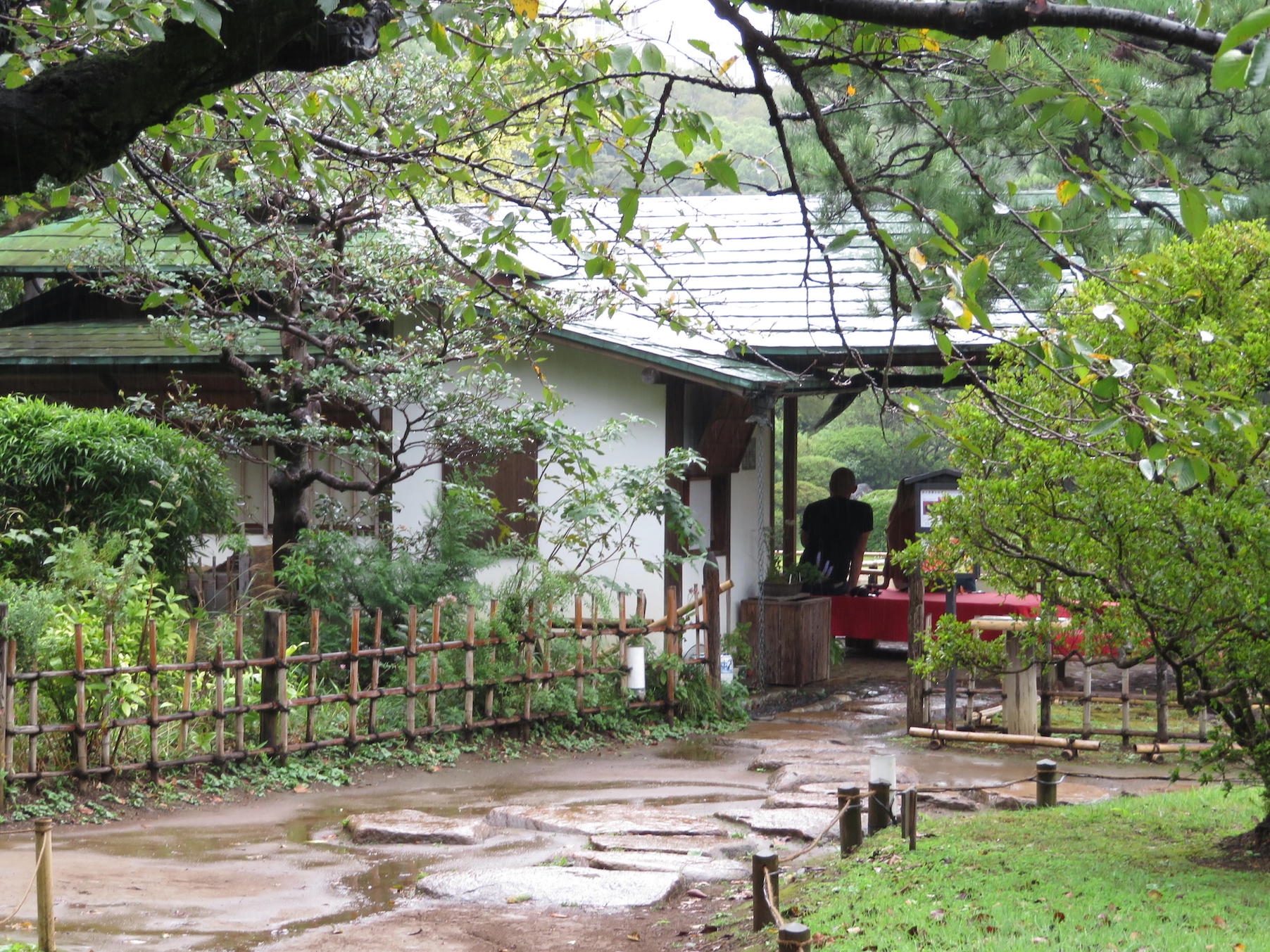


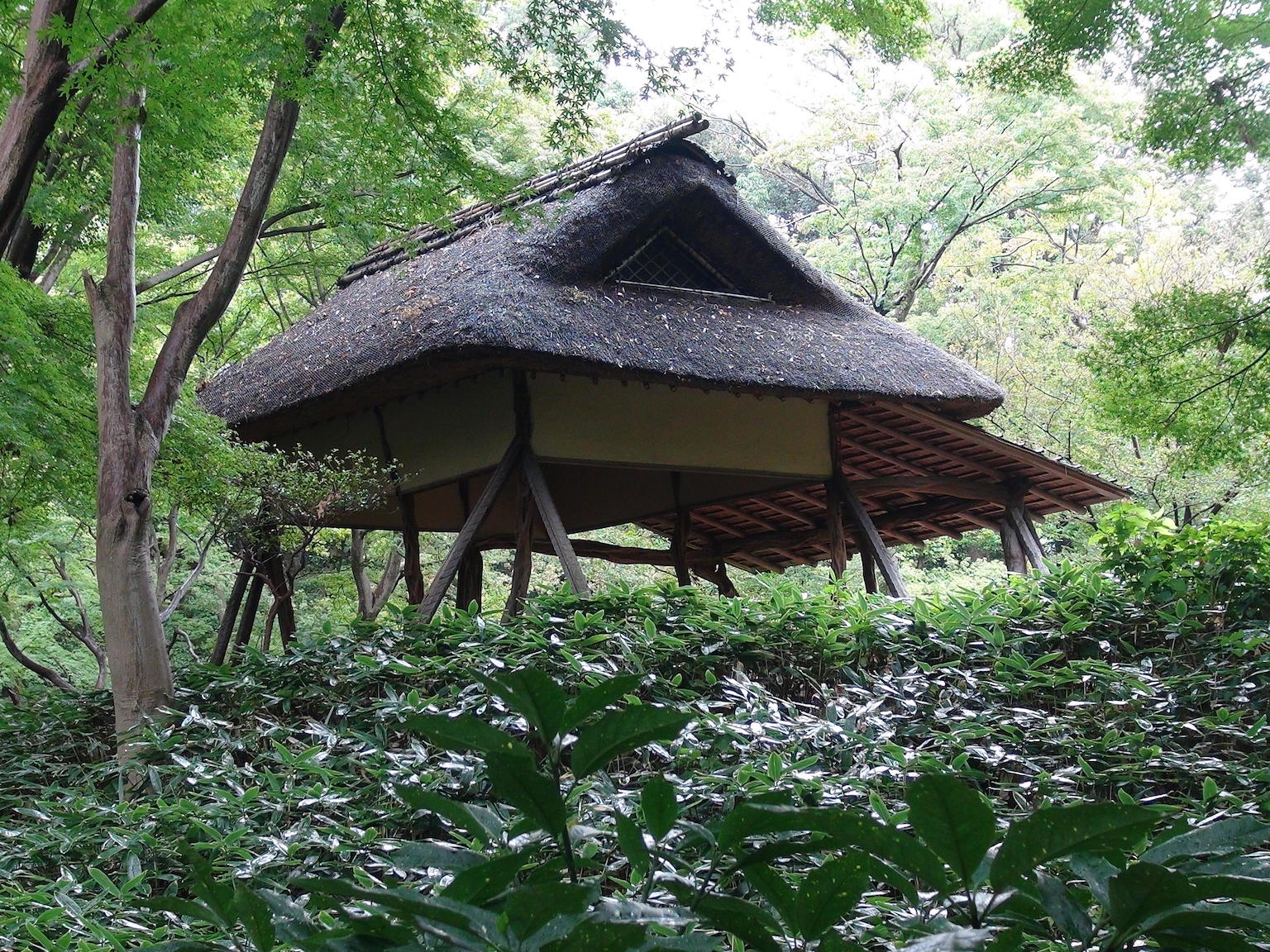
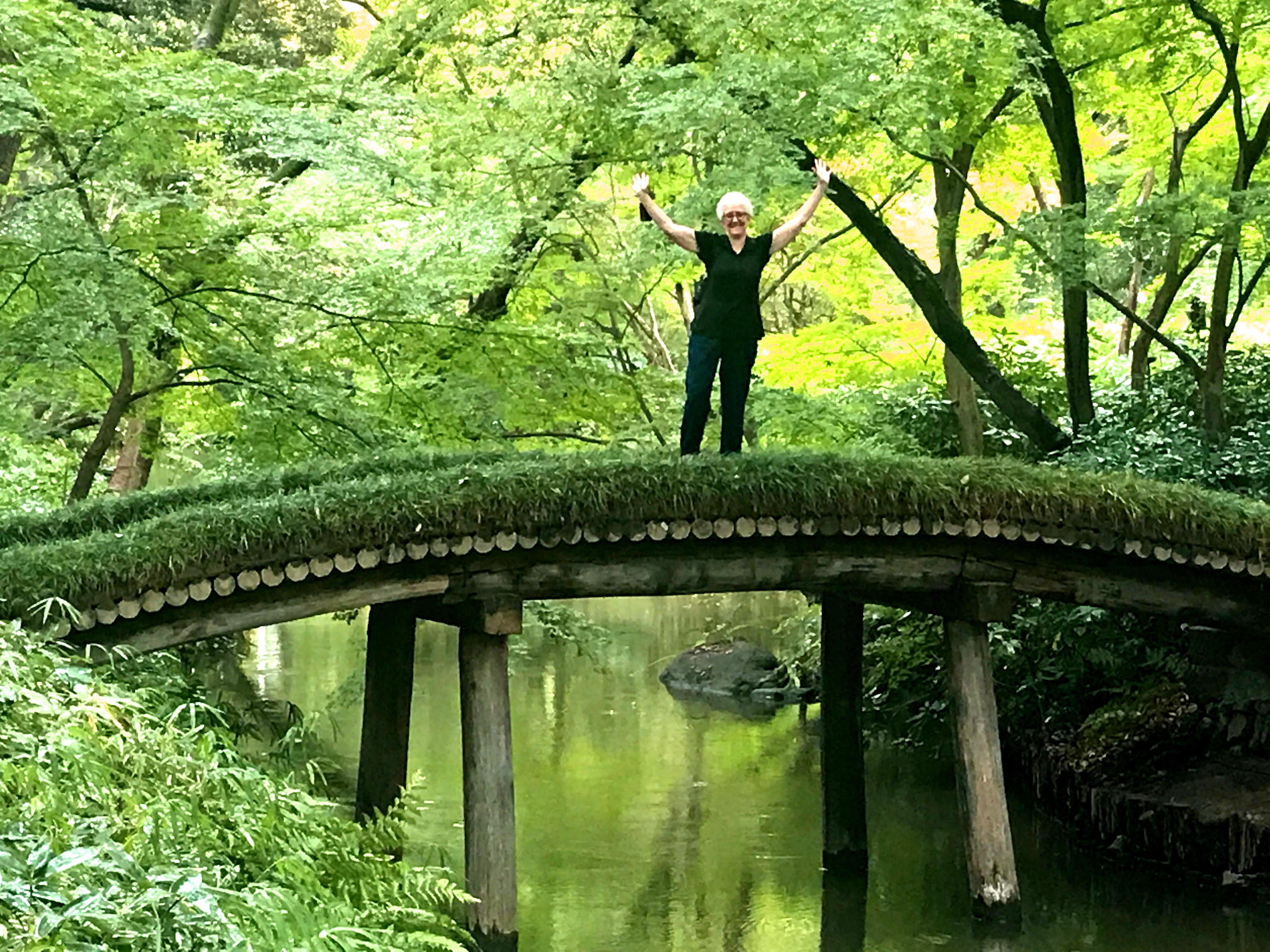
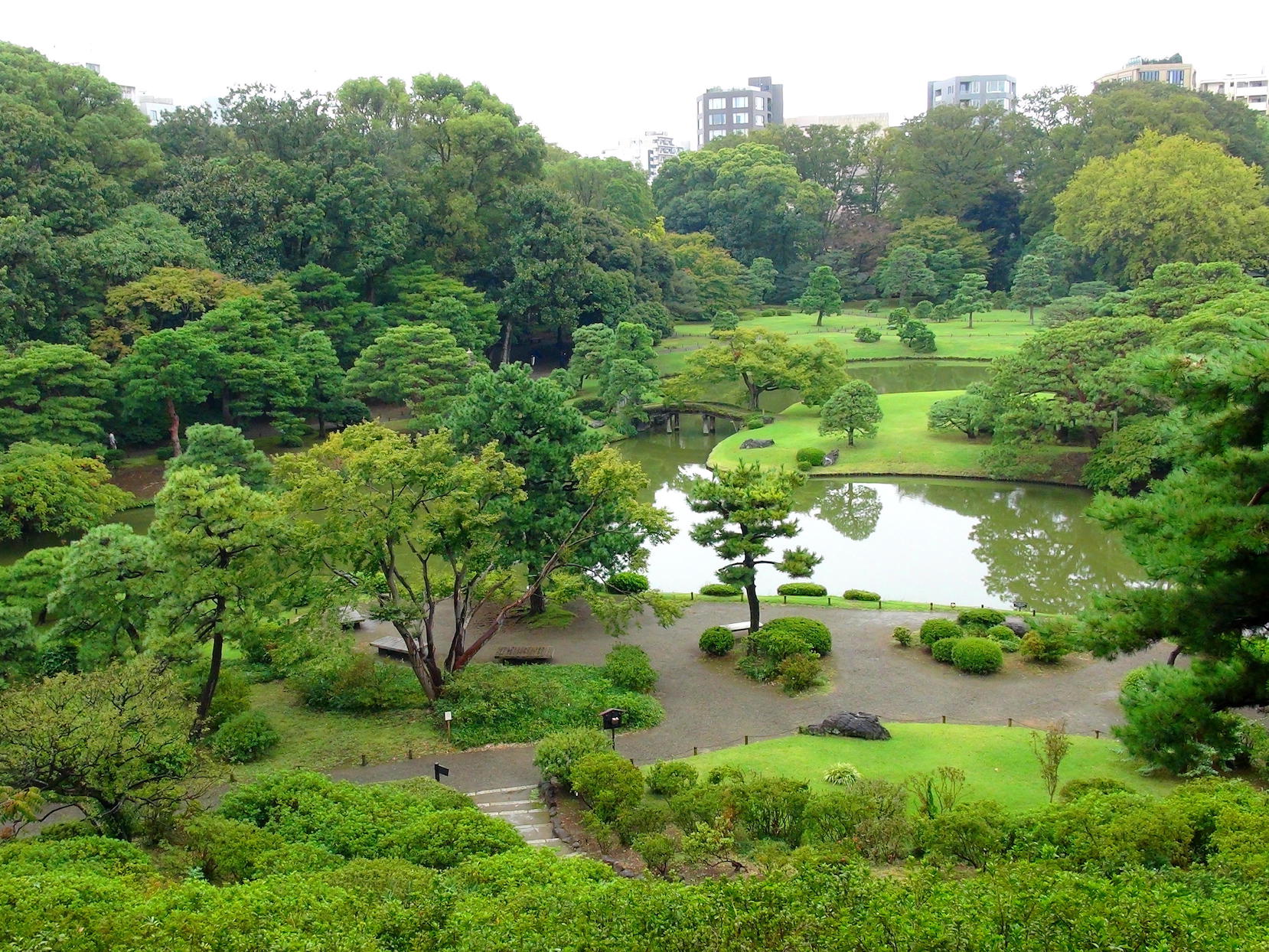

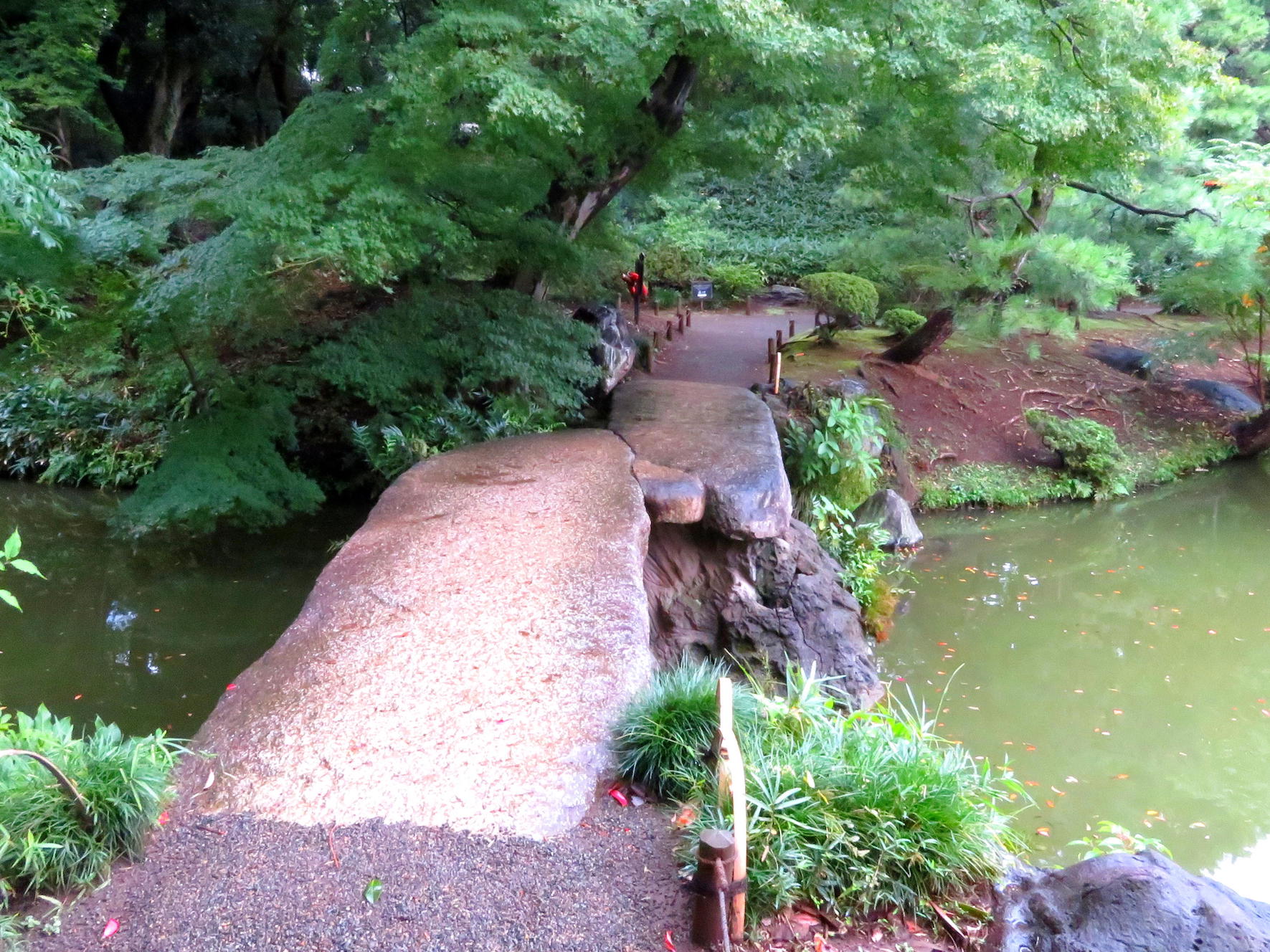
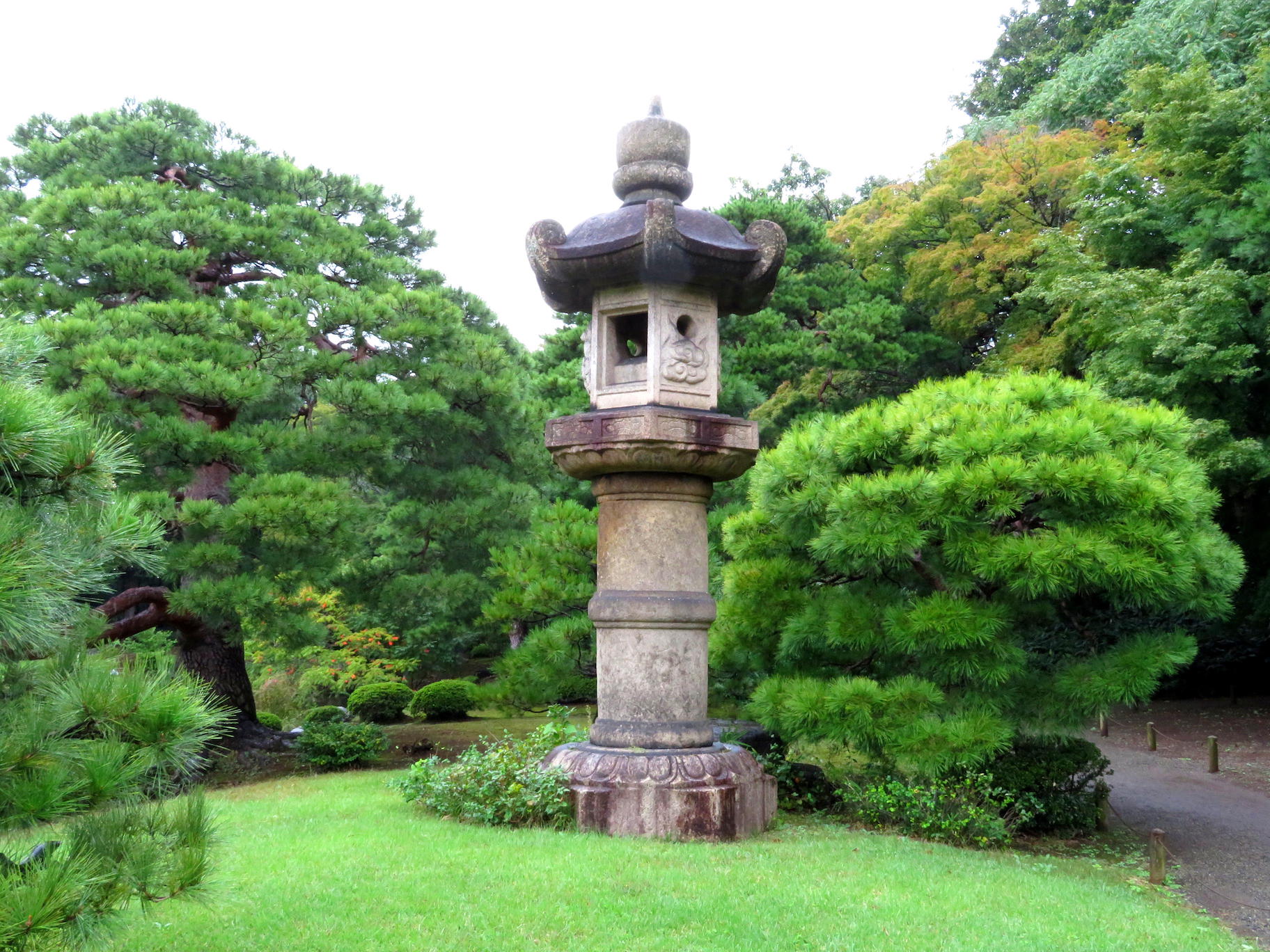
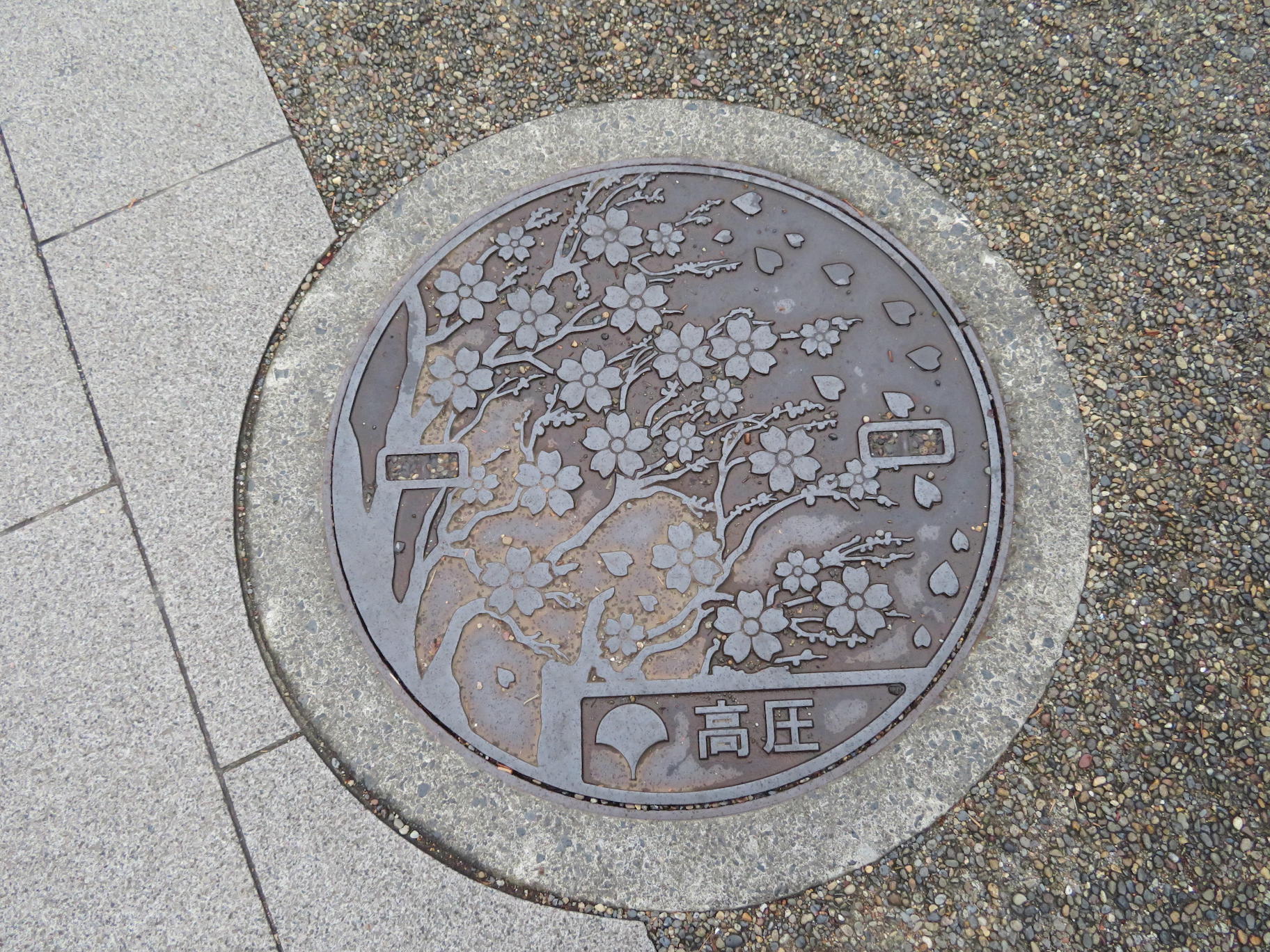



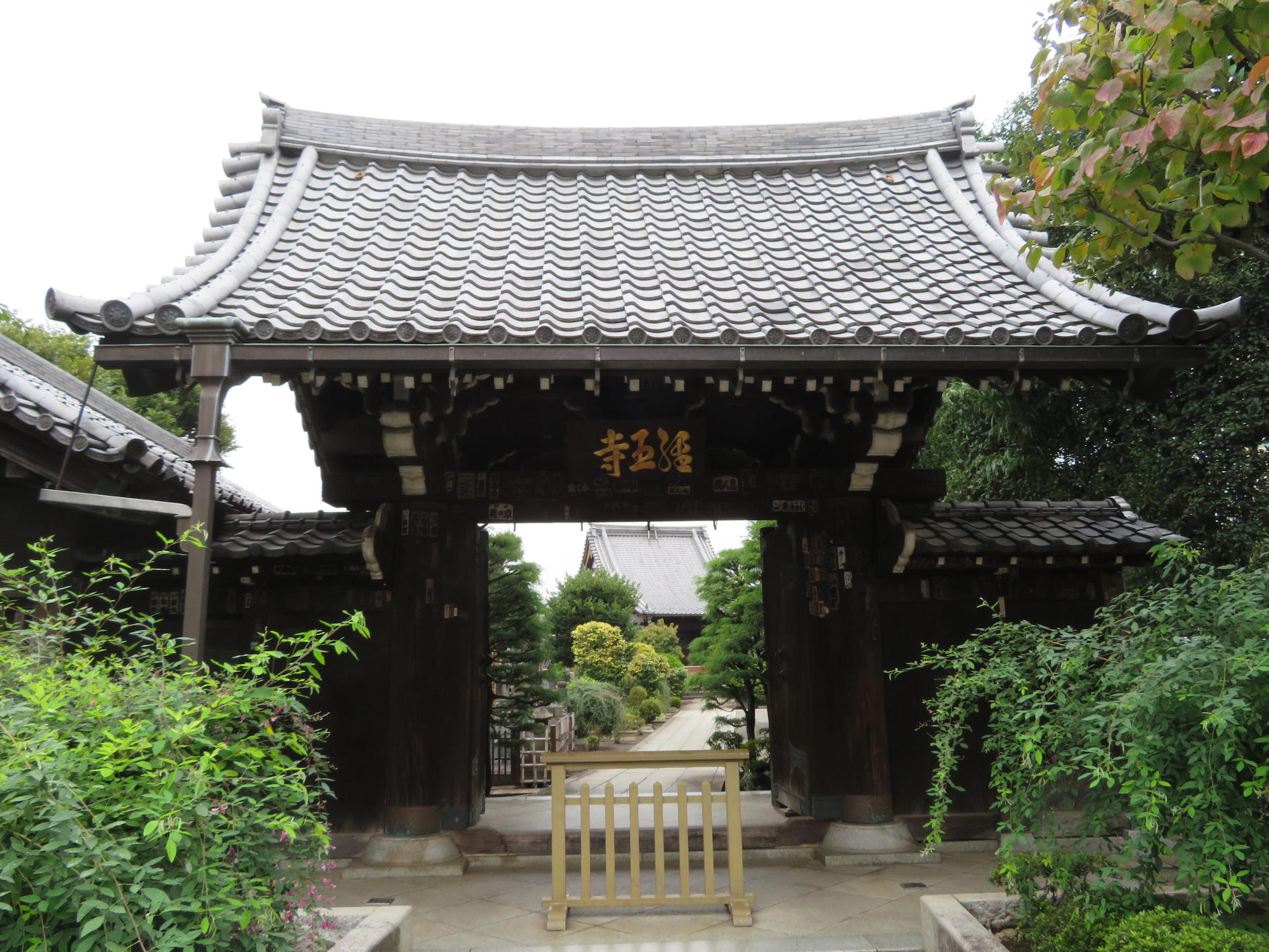
Hi Sue-Terry and Len,
Have absolutely loved travelling with you both and can’t believe your travel abilities in all ways. As we are travelling ourselves I haven’t had time to read all the posts in depth, but plan to do so when home. I hope you have arrived safely back in Canberra, and enjoy looking back on such a wonderfully orchestrated holiday, best wishes Sue & David
Thanks so much sue-percy and david. Really appreciated your interest, and our many discussions about Japan, including the Awaji info and inspiration.Hope the rest of your trip goes really well.
Jesus H. Christ ! – I was thinking of you guys and relieved that you weren’t in Tokyo !! Had I even half a brain, I would’ve realised you had to leave from there; but I don’t. So I didn’t. 🙁
This has been an amazing feat of yours, this travel blog – AND in WordPress.org ! Ah nevah noo that you are so technically ept !
How you managed to do your sight-seeing, write and post to your blog every night and still arise the next morn to do it all again is beyond me. Something to do with your far smaller number of years, I must suppose. 🙂
The photos and the videos have been the icing on the ビスケット, Google tells me. [grin]
Haha, M-R. I can use WordPress pretty well, as I do for my own blog, photos, but Len manages the hosting side which I don’t do on my blog.
We’ve enjoyed having you with us. You’ve passed your probation so we’ll probably invite you along again next time! Doing the blog is hard work, but so worth having the record done fresh. And, you know, it saves writing multiple postcards that have no room to say anything.
Very impressed with your Japanese!!
Congratulations and thanks, Sue and Len, on your lovely blog of your trip in Japan! Your sharing is so natural, open and warm and your interest in, appreciation of and reflections on what you see and experience are refreshing and informative. Thank you too for the excellent and beautiful still and video images, and also for your lists of ‘challenges’! I’m one of those who dipped in and out of your posts during your trip and very much enjoyed being part of your readership. I hope you got out before that typhoon arrived and had a good flight home, and look forward to seeing you in person again soon. Thanks again and Welcome home, you two ‘happy wanderers’!!
? ?? ?? ?
Thanks very much Mary. Really glad you enjoyed reading it, and that our enjoyment of our trip came across.
Will be in touch re Tuesday, which I look forward to too!
It’s been an interesting journey, Sue, and well you done you for having the stamina to do it every night. (As you know, my travel blog often peters out into slide shows once the weariness kicks in.)
Safe travels all the way back home!
Thanks Lisa, and thanks so much for your regular engagement too. You know how much appreciated that is … I reckon our readers had stamina keeping up!
BTW, you manage to keep up your reading more than I do when travelling! That’s what goes when I become tired, unfortunately. (I always enjoy your holiday posts and slideshows.)
Yes, our friends’ travel blogs are the next best thing to be able to travel ourselves:)
Yes, I agree, Lisa.
Yes, I agree with all of the comments above that your blog is the next best thing to travel and I’m thankful that you had the stamina to keep it up until the very end of your trip. I’m also happy that you’ve given me some new goals for Tokyo and Japan. I must have been to Rikugi-en at some time, but it feels like in another life long ago. I’ll have to look it up when I go to Tokyo next time. The park sounds like an oasis in Tokyo. As for the word for garden or EN or SONO, as that kanji 園 is pronounced, I think it is just used when describing the name of a garden, such and such GARDEN (EN)In other usages, it is a part of a word and can be used at the beginning part or end part of a word. I think of 園 EN as a little like the Latin root HORTI. For example, HORTICULTURE in Japanese is ENGEI (consisting of the characters EN and GEI, which are EN garden and GEI SKILL as in the word GEISHA) There are other words for a garden, such as NIWA 庭 and there is the combination of NIWA and EN into TEIEN 庭園, which also means garden. There is the common word KOUEN which means PARK and consists of the words for PUBLIC 公 and EN 園 garden. Anyhow, sorry to have taken you down the rabbit hole with that question.
I’m so glad you were able to escape the taifun and able to get home with no delays, but I’ll be missing your blog. Thank you very much!
Thanks Carolyn – and thanks so much for all your contributions and enlightenment along the way. There are a few parks in Tokyo that we haven’t been to, besides of course the Imperial gardens which we have been to, so I think we’ll aim for another one or two of those next trip!
I hoped you’d take me down the that rabbit path – but, would you usually do it with or without the preceding hyphen? I’m assuming that it doesn’t really matter. However, is there a translator’s convention for things like that?
Park, ah yes, I remember that now. I was going to research it to remind myself because Ritsurin-kōen (or kouen) is named a “kōen” not straight “en” like these other big ones we’ve been to, and I was trying to remember the difference.
I’ve loved over the years learning the suffixes like the ones for river, mountain, town, etc etc, because it does help understand places (as long as they are not written in script of course!!)